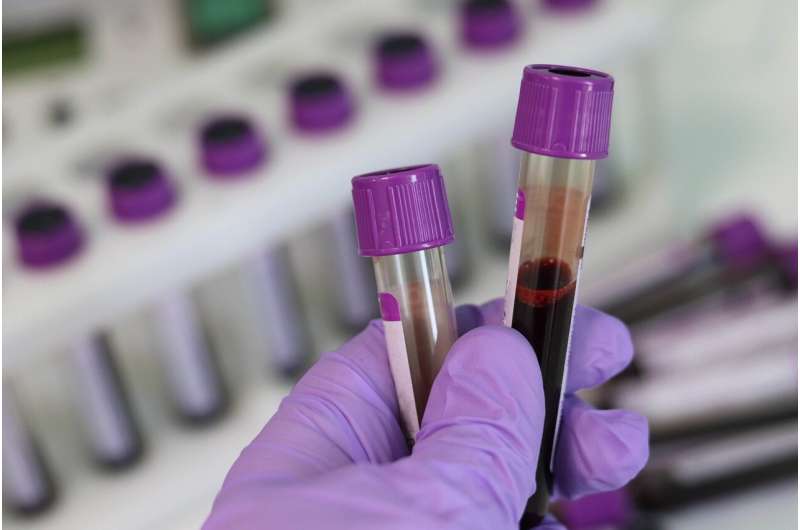This article has been reviewed according to Science X's editorial process and policies. Editors have highlighted the following attributes while ensuring the content's credibility:
fact-checked
proofread
Could interferon signature aid in the diagnosis and stratification of pediatric Sjögren's?

Due to differences in clinical presentation and limited knowledge, diagnosing Sjögren's disease in children can be challenging. Although dysregulation of multiple immune response pathways has been shown in adults, few studies have investigated pathophysiological mechanisms in children.
EULAR—The European Alliance of Associations for Rheumatology—held its 2024 congress in Vienna, where new work was unveiled on the potential value of the blood interferon signature in pediatric-onset Sjögren's disease.
Sjögren's disease is rare in children, and presenting symptoms differ from those seen in adults. For example, pediatric patients present less often with sicca complaints, and more frequently with parotid gland swelling and fever. This new work aimed to identify potentially dysregulated molecular pathways in children with Sjögren's disease by comparing the transcriptome of peripheral blood cells between 18 patients and 23 controls—using differential gene expression and pathway analysis.
In addition to whole transcriptome analysis of blood samples, expression of interferon-stimulated genes (ISG) was measured in paired blood and parotid gland tissue samples.
Overall, there were 247 differentially expressed genes identified between patients and controls. Of these, 181 were upregulated and 66 downregulated. Gene set enrichment analysis showed enriched gene sets for interferon-gamma and -alpha response, inflammatory response, allograft rejection, fatty acid metabolism, and oxidative phosphorylation. ISG expression was elevated in 72% of children with Sjögren's disease.
These interferon-high patients all had positive antinuclear antibodies—and 92% had anti-SSA/Ro and rheumatoid factor—but none had elevated C-reactive protein (CRP). Patients without elevated ISG expression in their blood were less frequently positive for anti-nuclear antibodies, and none had anti-SSA/Ro or rheumatoid factor—but they more often had elevated CRP and fever.
ISG expression was seen in the parotid gland tissue of children with Sjögren's disease and there was also elevated ISG expression as measured in blood. The expression of multiple ISGs in parotid gland tissue correlated positively with its expression in blood.
Presenting the work, Gwenny M. Verstappen said "The majority of patients showed an interferon signature in blood and parotid gland tissue. But compared to interferon-high patients, those without an interferon signature in blood had a different clinical presentation: they were less frequently positive for autoantibodies and showed more signs of acute infection."
These findings suggest that the interferon signature may aid in the diagnosis and stratification of children with Sjögren's disease, although further research with larger groups is needed.
More information: H. Bootsma et al, OP0226 POTENTIAL VALUE OF THE BLOOD INTERFERON SIGNATURE IN THE DIAGNOSIS OF PEDIATRIC-ONSET SJÖGREN'S DISEASE PATIENTS, Scientific Abstracts (2024). DOI: 10.1136/annrheumdis-2024-eular.6065


















